More on Lambayeque
Hello everybody! I hope that you are all well. In the last post, I shared my experience and places to explore in Lambayeque. However one article is not enough to tell everything, so I decided to write another to tell you what else you can do along the way.
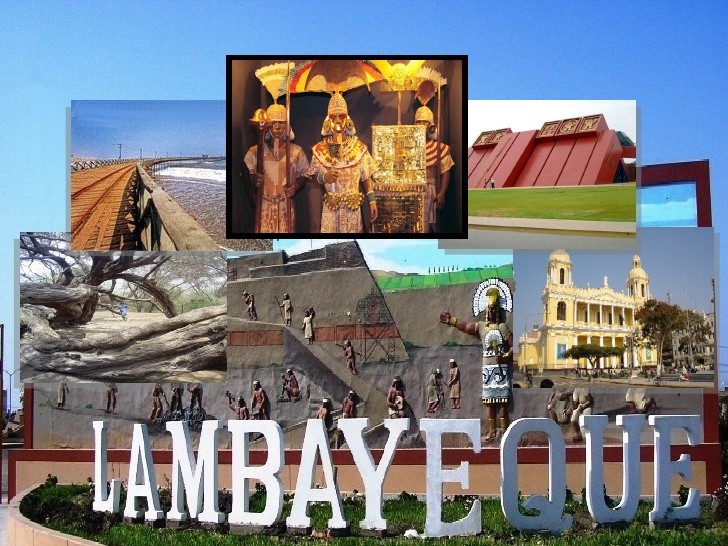
It is true that Peru is a blessed land where many foreigners think that they are only the Inca region when they arrive. However, for many of us Peruvians who are gradually discovering more about and loving our blessed land, we realise that Peru has much more. Peru is the Coast, the Highlands and the Jungle. There have been cultures in Peru, a hundred years before the Incas. For example we have the Huari, the Chimus, the Nazcas, the Paracas, the Chinchas and many, many more cultures. Today their legacy exists in different parts of the country.

Gods and people related to the prosperous and wonderful, Lambayeque and Chimus cultures, lived here in Lambayeque.
As I told you in the first part, you can't talk about Lambayeque without mentioning its capital city, Chiclayo, the friendship capital. There is a very beautiful song with the traditional Peruvian marinera dance, about this part of Peru called ¡Que viva Chiclayo! A Peruvian marinera led by the great creole singer, Lucha Reyes.
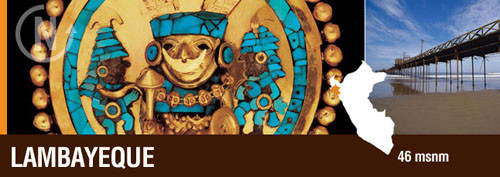
I recommend that you listen to this song! Click here to listen to the song, that I would listen to on the radio as a child, while my mother was cooking. They used to play creole music like this at midday which is what inspired me to learn to dance the marinera, one of the most beautiful dances in the north of my country.
I hope that you can hear that this song is preformed by Lucha Reyes, a Peruvian singer considered the golden brunette of Peruvian music, who knew how to sing to this part of Peru.

Well dear friends, now that we have had this introduction, it is time to continue talking about what can be found in Lambayeque. As I have told you before, I had the strong desire to explore this part of north Peru. After coming back from a week long holiday in Santiago de Chile and fighting with my phone company, Claro, for charging me to use mobile data after crossing the boarder, which ended up being more expensive than my trip to Chile! I decided to travel to make myself happy and since I still had time off work.
In this second part of Lambayeque, we are going to take an imaginary trip to the following points and destinations in this wonderful region of the north coast of Peru:
- Lambayeque Market
- Huaca Rajada archaeological site
- Lambayeque beach and its seaside resorts
- The Pimentel district
- The Puerto Eten district
- Experiences in Lambayeque
- The Chongoyape district and Chaparral
- The Zaña district
- The Monsefu district
One night, I didn't think about it anymore, I took my brown traveling backpack and I went to the north of Peru. I passed through Lambayeque and my journey lasted almost a week, travelling through all these locations that gave me the peace I needed and to continue valuing all the things that can be found within my wonderful Peru.
The capital of the Lambayeque region is Chiclayo, a busy place with a hot climate. When I arrived, the traffic reminded me a lot of Lima, with the yellow taxis. In the square, you will find the city cathedral as well as the municipal palace.
Chiclayo is strategically located, between its orderly streets and its residential areas, there are many different services here which are for all budgets. You should stay here for a minimum of 2 days to get to know its coastal tradition. Also, from here you can continue your journey towards the archaeological sites of the Lambayeque region.
The parks are filled with people from Lambayeque, such as the Paseo de las Musas, which is one of the places that I visited. Also, it is one of the five biggest cities in Peru.
Between the modernity and the past of Chiclayo is more relevant than ever in connecting northern Peru.
The market
How many times have we seen ads with the news of Peruvian shamans, that are in the capital with the slogan, "shaman of the north". Here in Chiclayo, you can see the believe of religious magic in the market where they sell herbs, candles and prints. Many people go to the sellers, who have these skills, to find a solution for their problems.
The local people of Chiclayo, know the benefits of each herb and even medicinal plants. There is a solution for everything! And if you are looking for charms, you can find them here!
Huaca Rajada archaeological site
Going along the road you will find what seems like a mountain but it is not that, it is more an archaeological centre that belonged to the Mochicas. This was a world famous finding.
The magnificence of this site is unique in addition to its environment, only about 35 kilometers from Chiclayo where in 1987 it was discovered by the archaeologist Walter Alva with his team. This discovery belonged to the Mochica culture. A total of 13 tombs have been found there, but the star of them all, is the Lord of Sipan.
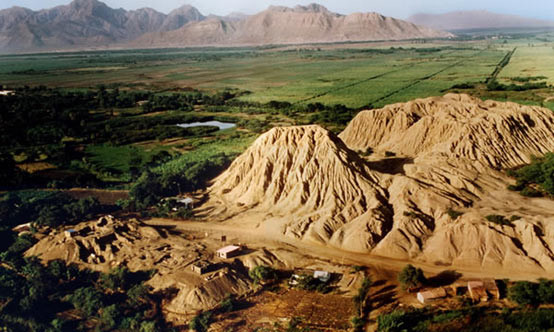
The gold jewelry and precious stones brought from Chile and Argentina are part of the beauty of this part of Peru. The story of 'el dorado', which described the existence of a place with wealth, continues to be relevant here.
The thought of life after death has equipped them with everything and today more than a thousand vessels have been found around the tombs of these lords of the Mochica empire.
Lambayeque beach and its seaside resorts
Just a few minutes from Chiclayo there are magnificent beaches where you can enjoy the waves and scenic beauty, the breeze of the sea, steal the attention of all visitors who come to this area of Peru.
Pimentel
Now we will discover a point of Lambayeque that is both old and modern at the same time. This is the Pimentel district, which started to boom in 1920 when the oil and sugar industry began to develop due to the pier that was built over the sea.

Pimentel has public beaches for all those who want to come to it, if you want to ride the waves here you can do it, as well as having a slushy or getting some braids along the way.
Pimentel has its charm and so much so that the pilot Jose Quiñones, flew his plane across this part of the Lambayeque sea.
Here people come to fish with a rope and patience. Many visitors and tourists mingle in this area of the sea, and of course also the couples in love to see the sunset.
Not to mention the caballitos de totora(watercraft used by fishermen in Peru), as well as men selling fish that was freshly caught with the caballitos de totora.
Something that surprised me is that the caballitos de totora last only one month and it is used daily by the fishermen of the area continue using them to fish longer than expected.
These fishermen leave at dawn and return at sunset to bring the fish that will be sold in the city markets.
The Puerto Eten district
A little further away from Chiclayo you will find a beach with fewer people, as well as a town with its old houses that are very reminiscent of the houses found in the Barranco district in Lima, such as the bathhouses in the bohemian district.
This is a perfect corner to escape from the hustle and bustle and be amazed by the waves of the sea, as well as good fishing and places to go camping.
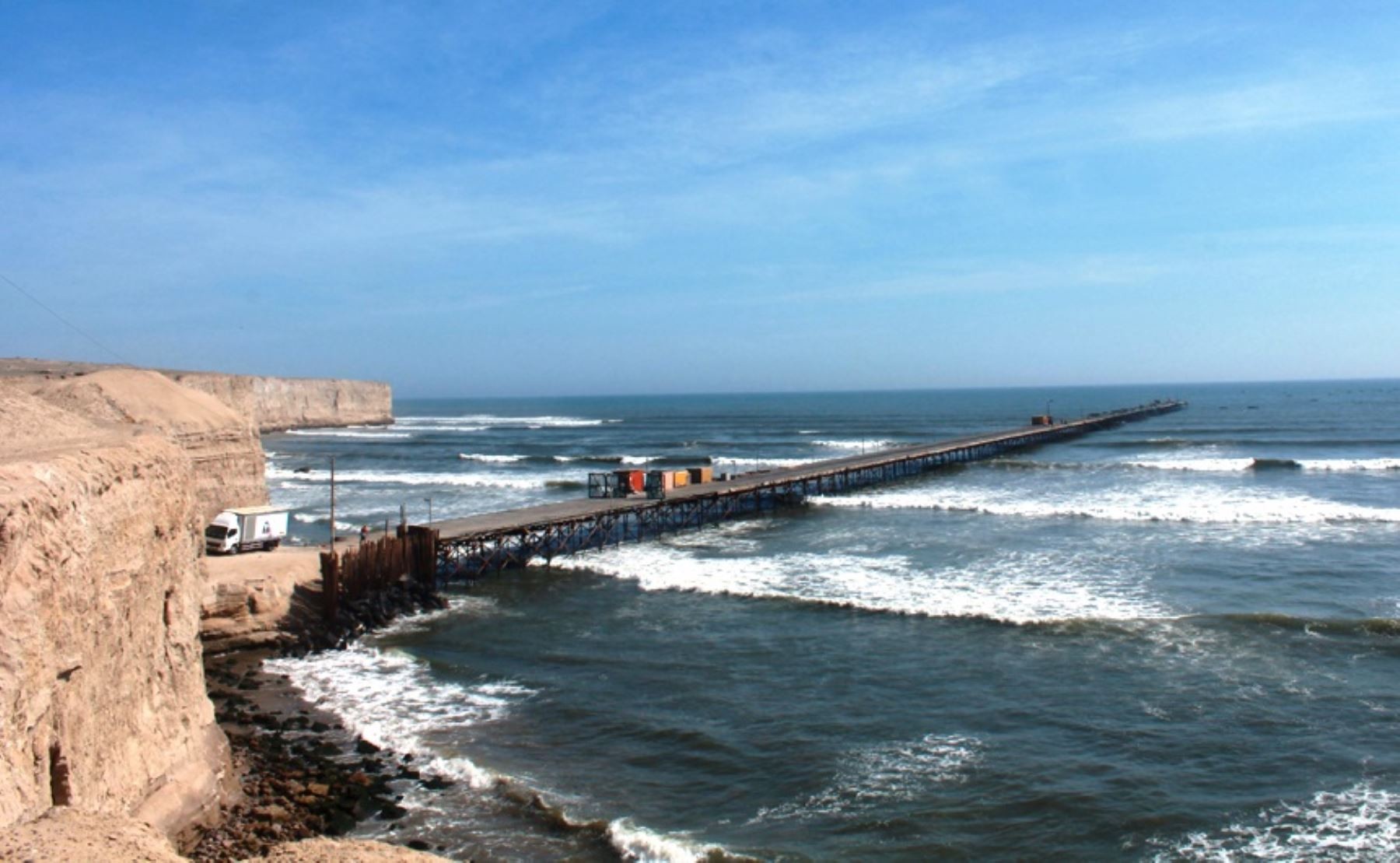
On the other hand, the sunset in this part of Peru would make you take off your hat and marvel at its magnificent surroundings.
Lambayeque, an old and vibrant city
In Lambayeque, unlike Chiclayo, there is less traffic and the streets are older, despite being founded in 1730. Its main square is quiet and has a statue of Venus in the middle of it. It also has a population of almost 60,000.
San Pedro is their church, the main one in the area of the city, however if you look at the back of the main church you will find a chapel where the people of the town went and not the elite of the city.
What else can I say apart from the fact that its largest colonial balcony is where the city's cultural centre is located.
Not only can we find this in Lambayeque, but also its picanterías (lunchtime restaurants) with chicha de peanuts (peanut juice) and its chicharrón sanguches (pork and sweet potato sandwiches), as well as trying the delicious King Kong (dessert).
The Chongoyape district and Chaparri
About 35 kilometers from the city of Lambayeque is the area of Chongoyape and the Chaparri reserve. This is a hill and is a place of worship for the sorcerers and shamans of the north, where they can also be found at an altitude of less than 400 meters.

This place is a private conservation area of 34 thousand hectares, where the community conserve the dry forest and its nature.
Here for example we can find the coastal foxes, as well as turtles and other animals such as iguanas that run like a lizard.
The pride of this reserve is the pava aliblanca which is now in danger of extinction. Chaparril is an area managed by private companies and by the community itself where you can even find a rural place to stay.
The paths here are interesting and there is something for all levels, from children to adults. Without a doubt this place is an amazing area where you can even see the Spectacled bears which were rescued from the circus.
The idea is that with time the bears become resistant to life in captivity, besides being the only bear in South America, and they are not meat eaters but vegetarian.
Here you can also find trees such as palo santo, and birds such as magpies, goldfinches and many others, and as if that were not enough, there are also deer.
In this forest, there is also a spring with fish and crabs for each of us to enjoy. On the other hand, at night, tarantulas also appear as well as little animals that live and move more than ever at night.
Come to Chaparril to experience the nature in all its glory as well as seeing the sunset and listen to the relaxing sound of the birds to wake you up and give you energy to start your day.
Condors are also found here and have a size that demands respect. They are in captivity but soon these animals will be free and able to thrive in nature. This complex is, as we have seen, a great example of how you can rely on the development of nature in the world of Lambayeque.
The Zaña district
There are places that you should not miss if you pass through Chiclayo such as Zaña. When it was founded, it was thought that this city would be the most important city in northern Peru. However, despite everything, today Zaña is a quiet and picturesque village in the region of Lambayeque.
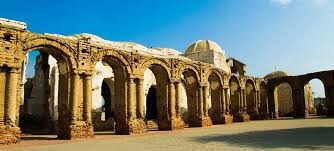
Zaña is currently dedicated to agriculture. The rich Spanish families came to settle here long before the neighbouring cities of Chiclayo and Lambayeque, however el nino (a natural disaster that occurs in the ocean) caused the destruction of the entire city and as a result people had to leave and many families lost everything.
This caused Zaña to stop being the capital of Lambayeque and instead keep the past within its church walls that are still standing after many years.
The Monsefu District
If you love to buy souvenirs then you should come to Monsefu to buy the best craft that are sold in the village. There are many fine straw hats to protect us from the sun.
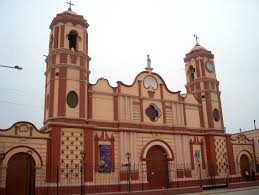
On the other hand, the women of the area make white fabric with embroidered birds and flowers which are also well known.
Going through this post, we can see that Lambayeque is a wonderful destination, where you can explore its nature and enjoy its sea and mountains in a nature reserve.
I hope that you have enjoyed this tour of Lambayeque, a region that beats for its history and its wonderful food. Thank you very much for reading this travel guide! And don't think that we are finished talking about the north! There is still so much more to learn about in the north of Peru! ¡El norte pone!
See you in another adventure, with more interesting points of Peru to tell the world. See you soon!
Photo gallery
Content available in other languages
- Español: Lambayeque, aún hay más que conocer
Want to have your own Erasmus blog?
If you are experiencing living abroad, you're an avid traveller or want to promote the city where you live... create your own blog and share your adventures!
I want to create my Erasmus blog! →













Comments (0 comments)